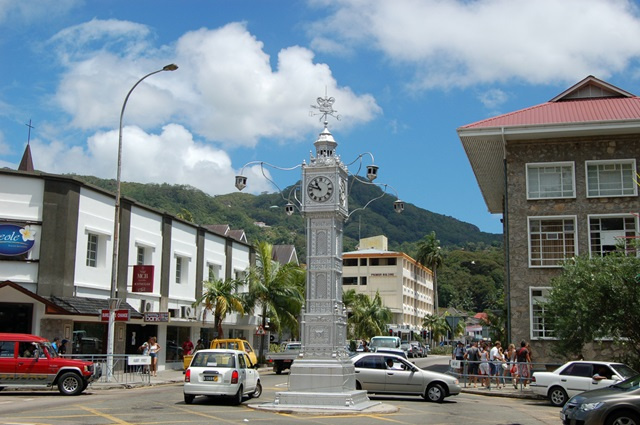Sustainability for Seychelles undertakes air quality monitoring research
A Seychelles environmental NGO is undertaking an air quality monitoring project to gain a full picture of how good the island nation's air quality is and determine where action should be taken.
Sustainability for Seychelles (S4S), started the project two months ago adding the island nation to the list of 117 countries in the world monitoring their air quality.
The project's manager, Dr Laurent Sam, said, "At the beginning of November, clearly we did not have the best air in the world, but it's not a disaster either."
Air quality is measured with the Air Quality Index (AQI), which works like a thermometre from 0 to 500 degrees. Instead of showing changes in the temperature, it shows changes in the amount of pollution in the air – classified in colours.
The Environmental Performance Index (EPI) 2016 report said that Seychelles had the best quality of air on the planet, although this has gone down slightly.
"Even at a level that you can't see, or you don't smell the pollution is at a level that can cause long-term harm to your health," said Sam.
He added that a lot depends on the wind or the weather, which is why S4S also works closely with the Seychelles Meteorological Authority (SMA) when conducting its research.
"The wind can push the pollution towards you, or it can blow it away from you," said Sam.
He added that during the two months that S4S has started measuring the air quality in the country, "Surprisingly, La Misere that you may associate with nature and good weather, but interestingly depending on the wind direction, sometimes it can blow it to La Misere and as it is a valley so it concentrates the pollutants and sometimes it can be higher than in town," Sam explained.
Due to the amount of traffic and the vehicle testing station being in town, Victoria is the most polluted area on Mahe, the main island.
The researchers also recorded high pollution in the country after the massive explosion at the CCCL storage facility at the Providence Industrial Estate on December 7.
"You don't see it immediately, but two days later everywhere on Mahe, Praslin, and La Digue had bad air," he explained.
On the first day, the data was showing yellow because it was raining and that controlled the pollutants, but on the third day, it showed that the air was bad.
The study aims to get an accurate picture of the air quality in the country "to see if it is as good as we think it is," said Sam.
He also warned that Seychelles had the 40th highest prominence of pneumonia in the world from 2000 to 2019 and that "we would like to know if there is a link between the air quality and pneumonia, and if there is, then obviously we need to be taking action."
The data collected may then be used to advocate with decision makers in the country to help improve air quality.
"I think the population will want as good air as possible and it is also good for tourism as tourists can get the best air the cleanest air; better than what they get in the countries they are coming from," said Sam.
The first two months of collecting data about the air quality in Seychelles have been mixed, sometimes it is really good, even better than the World Health Organisation (WHO) standards, but other times, like the beginning of November it was yellow, which is like smoking half a cigarette a day.
The data S4S is collecting is available to the public and Sam said that "they can decide and see if this air is good enough for them, and if not then they can take action through actors such as NGOs and influencers."






